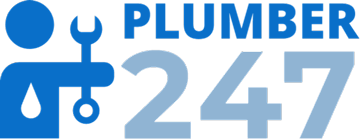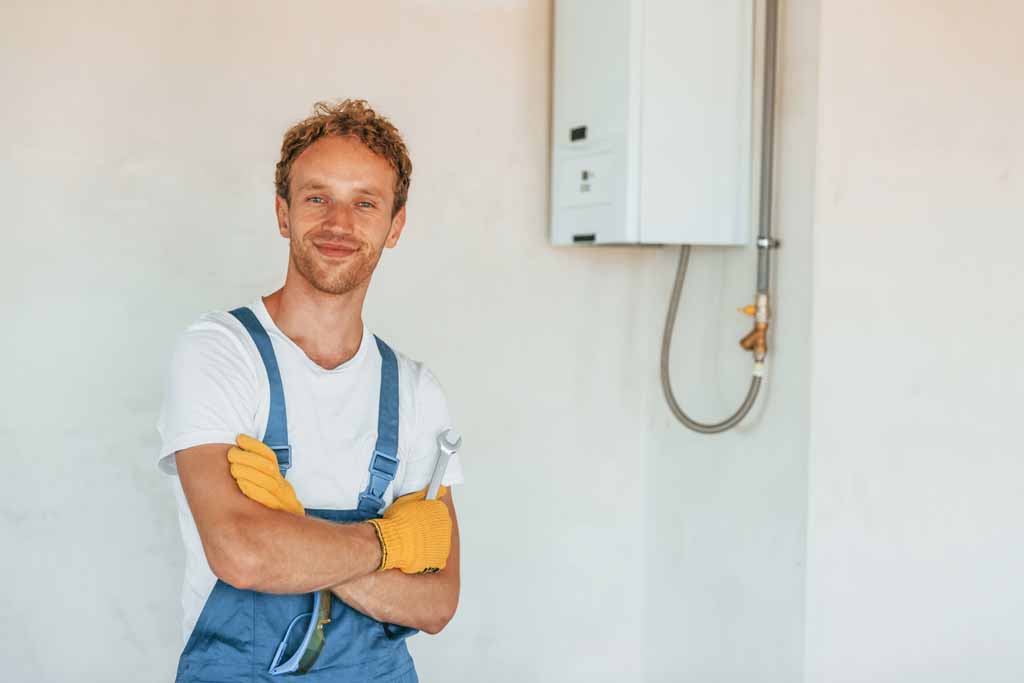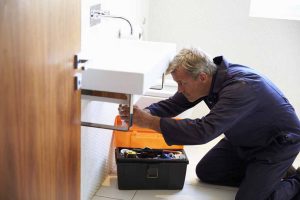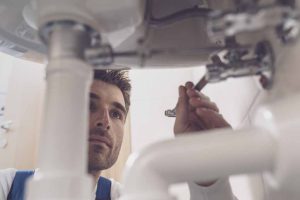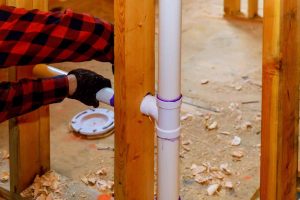To install new water heater plumbing connections, you must know how to connect the various parts of your plumbing system. This connects water supply lines to your water heater plumbing. If you’re like most people, your water heater is one of those appliances that you don’t think about until it stops working. But keeping your water heater in good shape doesn’t have to be a chore. Part of maintaining your water heater is making sure the plumbing connections are tight and free of leaks.
1. Connecting Water Supply to Your Water Heating
The water supply line should be connected to the water heater. The valve will be on top of your heater and should be turned off when not in use.
- The hot water faucet should also have a shutoff valve, preferably right underneath it, so you don’t have to bend over too much if there is a problem with your home plumbing system.
- The cold water faucet also has its shutoff valve because you don’t want them mixing accidentally.
- Every single faucet used by plumbers must have its shutoff valve.
- It could cause severe damage if things go wrong during installation or repair work on your home plumbing system at some point down the road.
- If you have a water heater, make sure it has a shutoff valve.
This is especially important if young children live in your home because they might accidentally turn on the hot water tap and scald themselves! If you have an older bathroom faucet, it might not even have a shutoff valve.
If you’re water heater plumbing connections, new sink or toilet, the process is similar but varies depending on what plumbing fixture is installed. Toilet installation typically involves attaching a wax ring to the base of the bowl or onto your flange if it’s not already there. Next, put some plumber’s putty around the back of your toilet and attach it.
This is the case, you should consider replacing the faucet altogether. It’s not worth the risk of someone getting hurt because they didn’t know how to turn off the water.
Call your local plumber if you’re unsure whether you need a new water heater plumbing connections. They’ll be able to tell you if the problem is fixable and at what cost. If they say, it’s time for a replacement, go ahead and do it this will save money in the long run)the bowl.
Once that’s done, connect the water supply lines and test them by turning on the water at the wall faucet. If you have a toilet installed but no wax ring, get one before proceeding with the next step.
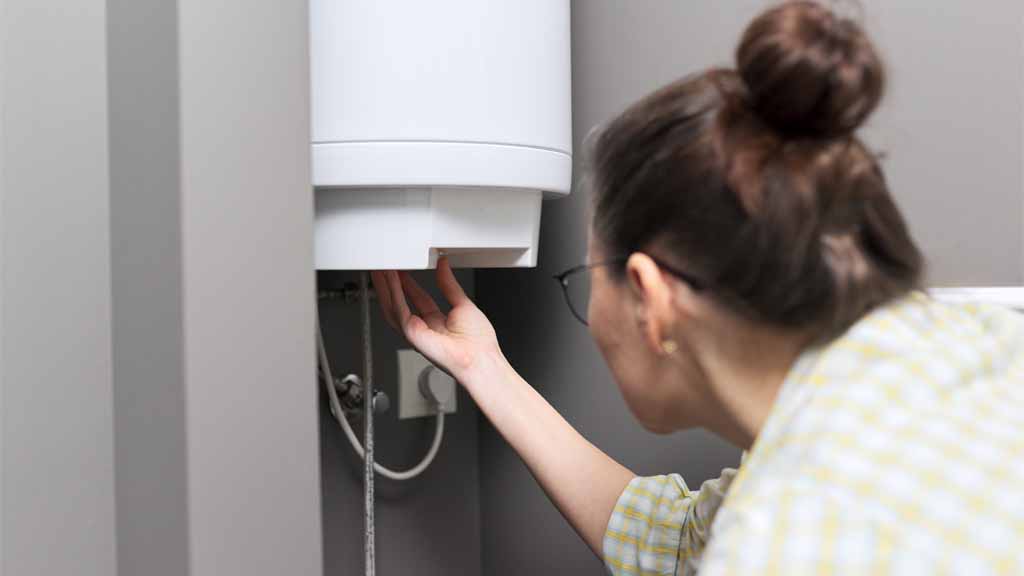
2.Connecting the Hot Water Supply Line
Water heater plumbing connections supply line to the water heater is pretty straightforward, but ensuring you do it right is essential. You’ll need an appropriate length of pipe and fittings that match the kind of connections on your water heater.
Connecting a new water heater is usually done in two stages:
- You are attaching the hot side supply pipe(s) to the top of your hot water tank. This is done using either sweat or compression fittings. You’ll need a wrench or pliers to connect your supply line.
- Sweat fittings are generally used with copper pipes (which are also called “soft” pipes), while compression fittings are used with plastic pipes (which are also called “rigid” pipes). Your local hardware store should have both kinds available if you don’t already own them at home—they’re prevalent in residential construction projects!
- They attach any remaining cold side connections from each faucet or fixture directly into their respective nipple connectors inside each appliance.
- The process varies depending on the plumbing fixture installed, so check with an expert before starting work.
- These types tend not to require additional tools except maybe just some dish soap/water mixture for lubrication. Most modern installations use PVC/CPVC materials that grow easier than copper due to their flexibility over time.
- It is compared against the latter’s stiffness making it hard to install without proper preparation beforehand by using a heat gun tool first to melt down all parts together.
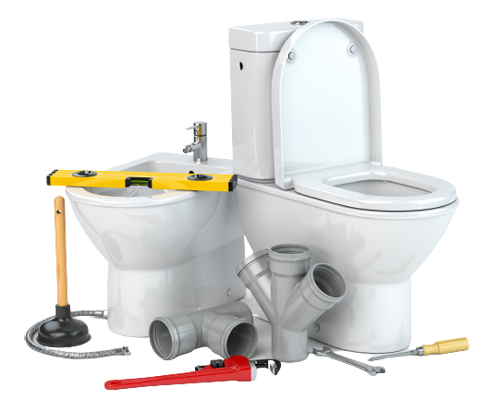
Are Your Drains Slow or Clogged?
Get a Drain Cleaning Today and Say Goodbye to Your Plumbing Woes! Get In Touch With Us And Experience Quality Service At Its Best!
So that it can be easily attached to its respective fitting. Once all pieces are connected, tighten your faucet handles into place using a wrench or adjustable pliers. In most cases, the best way to save money on your water heater plumbing connections is to buy water quality plumbing and buy a new one.
The price of repairing an old tanked model can be very high (upwards of and there’s no guarantee that this will fix the problem. So if you need a new unit, go ahead and splurge on one that’s energy efficient (they use less gas than older models)
3. Connecting The Drain Line
The third step in installing a water heater is to connect the drain line to the drain. You may need to purchase a flexible drain line, which you can use for securing your water heater to pipes or drains.
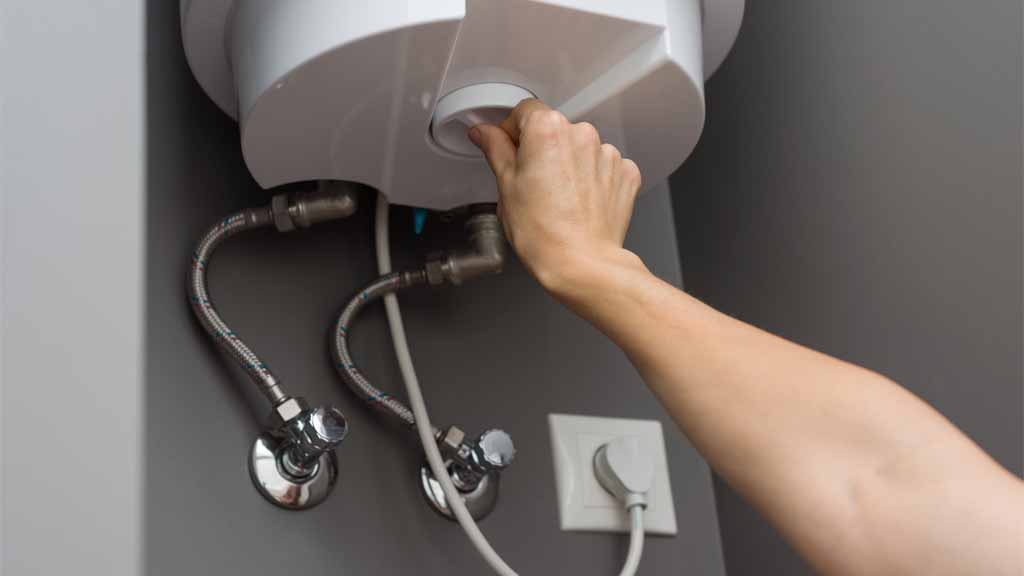
Using a water heater plumbing connections drain kit and pan, you’ll also want additional hardware: a drain valve, flange, and trap. These items help keep waste from backing up into your home while the cold weather sets in, making life much easier during those first few months of winter.
Now that we’ve taken care of our plumbing needs (and beyond) let’s talk about how these projects could impact us financially over time.
If you notice condensation forming on the inside of your tank, there are some things that you can do to help prevent it:
- Install insulation wrap around your water heater or upgrade to a tankless model.
- Use a venting system when installing a traditional tanked heater that will allow excess moisture to escape through an exhaust pipe.
- Invest in a humidifier for your house to absorb more moisture into most homeowners’ dry.
A water heater plumbing connection is probably the most expensive project on their list—typical water heater costs, which may seem like a lot of money at first glance. But considering how much time and effort goes into installing one and how many years it will last.

Are Your Drains Slow or Clogged?
Get a Drain Cleaning Today and Say Goodbye to Your Plumbing Woes! Get In Touch With Us And Experience Quality Service At Its Best!
That price looks pretty reasonable! In fact, over a decade or so (when you factor in annual savings on your energy bills), this expense will likely pay itself in no time.
Once all the pipes are in place and secure, it’s time to check their threading. This is where a plumber might have an advantage over you since they can see if there is damage to the pipe. If you think your plumbing skills are up to this task, then go ahead and give it a try.
If not, call a professional for assistanceTankless water heaters are also more energy-efficient than traditional models because they don’t store water, so they don’t waste any. This makes them the ideal choice if you want to save money on your utility bills over time.
These are also good for those who prefer not to have a tank in their home. They’re more expensive than traditional water heater plumbing connections. Still, they’re also more energy efficient. The average lifespan of a tankless water heater is 15 to 20 years, which means you’ll get plenty of use out of yours if you take care of it properly. Just be sure to keep your filter clean and replace any parts that have become damaged or worn out over time.
4. Prevent Condensation
A final consideration is preventing condensation from forming on your water heater plumbing connections . The amount of moisture that builds up in the air as steam comes off the hot water will depend on many factors, including how well-insulated your home is and what type of heating system you have.
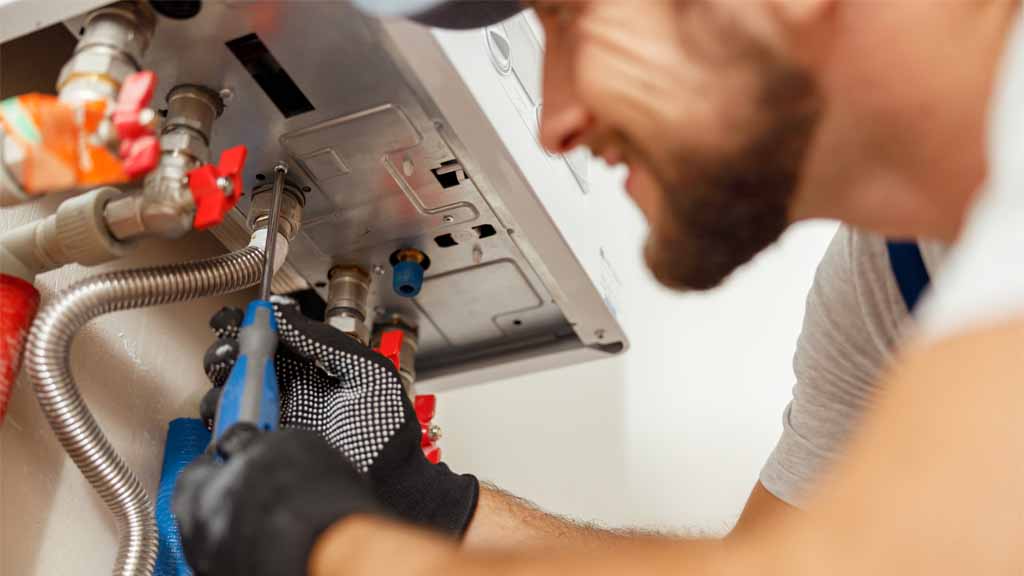
If you notice condensation forming on the outside of your tank, there are some things that you can do to help prevent it:
- Install insulation wrap around your water heater or upgrade to a tankless model
- Use a venting system when installing a traditional tanked heater this will allow excess moisture to escape through an exhaust pipe
- Invest in a humidifier for your house so that more moisture gets absorbed into dry air
You can choose from a variety of models, including electric tankless units. They’re great for homes with limited space or those that don’t have access to natural gas lines.
Liquid bottled water is a hot topic these days. You might have heard that tap water is just as good as bottled water and that the environment should use tap water rather than buy bottled water.
These are both true—but only if you drink a lot of water daily. Here’s why: Bottled Water Isn’t Better for the environment. Every time you buy a case of bottled water, you’re keeping those bottles from going into recycling bins instead. This means more trash in landfills and more energy used to process plastic and recycle it.
5. Plumbing Connections For Electric Water Heaters
Electric water heaters are an excellent choice for homes that don’t have natural gas. They’re also more efficient than gas models and can be installed in basements or garages. They’re also easier to install than gas models—no flue required.
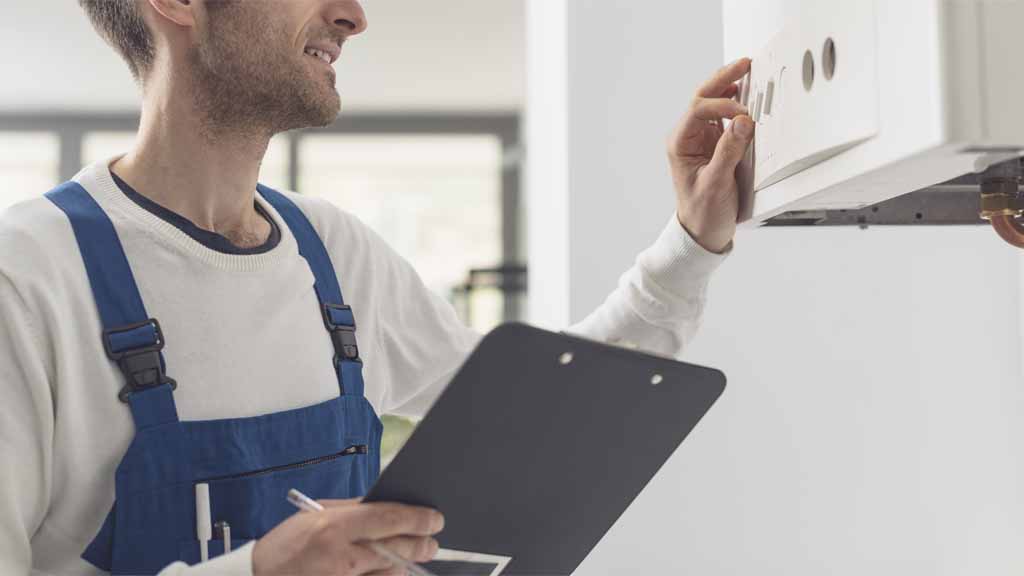
6. Check The Pipe Threading
Now that the pipes are in place, it’s time to check their threading. This is where a plumber might have an advantage over you since they can see if there is damage to the pipe. If you think your plumbing skills are up to this task, then go ahead and give it a try.
If your pipes don’t show any signs of damage or wear, move on to installing them tank as described below:
- Hold onto one side of each valve while holding onto its mating piece with your other hand. Then twist them together until fully connected (this may require some force).
- Ensure both lines are facing down—this will allow excess water to flow out when necessary but prevent leakage when not needed.
The shutoff valves are not required where the copper pipe meets the copper tube or CPVC CTS tube.You’ll need to have all the pipes connected before you can turn on your water heater. If you don’t, there’s a chance that some of the lines won’t be adequately secured and could leak.
A plumber will know how to do this step correctly, but if you’re confident in your abilities, go ahead and try it. A plumber will learn how to do this step correctly, but if you’re confident in your abilities, go ahead and try it.
You’ll need to have all the pipes connected before you can turn on your water heater. If you don’t, there’s a chance that some of the lines won’t be adequately secured and could leak.

Are Your Drains Slow or Clogged?
Get a Drain Cleaning Today and Say Goodbye to Your Plumbing Woes! Get In Touch With Us And Experience Quality Service At Its Best!
7. Polypropylene And PE-RT Tube Meet Copper Pipe/Tube or CPVC CTS Tube
Shutoff valves may be required where polypropylene and PE-RT tube meet copper pipe/tube or CPVC CTS tube. Shutoff valves are not needed where polypropylene and PE-RT tube meet copper pipe/tube or CPVC CTS tube.
For PVC CTS, thread one end into its associated fitting on either end of the tank (see photo above for reference). Ensure both lines are facing down—this will allow excess water to flow out when necessary but prevent leakage when not needed.
The following table summarizes the different connection methods for polypropylene tube to copper pipe/tube or CPVC CTS tube joints.
- Polypropylene (PP) tube to copper pipe/tube or CPVC CTS tube.
- Threaded fittings are required where polypropylene and CTS meet copper pipe/tube or CPVC CTS tube.
- Shutoff valves may be required where polypropylene
- PE-RT tube meets copper pipe/tube or CPVC CTS tube.
- When installing polypropylene to copper, be sure that the fittings are made of a material suitable for use with polypropylene (such as PVC).
- Use an approved thread sealant such as Teflon tape or pipe dope to prevent leakage between the fitting and pipe.
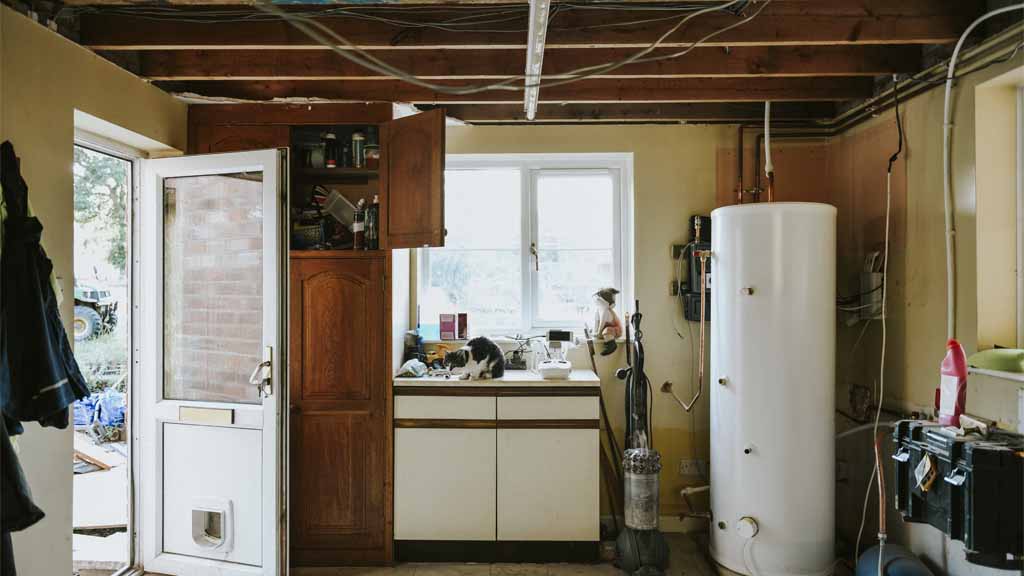
Simple Tips On Connecting
These are a few simple tips on connecting the water supply to your water heater plumbing.
- Hot water supply lines are connected by removing the old hose from the water tank, then attaching the new one using a compression fitting or an “S” shaped connector.
- Next, attach the drain valve to your tank’s bottom using an S-shaped connector or compression fitting.
Finally, attach the incoming cold water supply line to your new tank using a compression fitting or an S-shaped connector.
The last step is to attach the drain valve to your tank’s bottom using an S-shaped connector or compression fitting. Finally, connect the incoming cold water supply line to your new tank using a compression fitting or an S-shaped connector.
Conclusion
Water heating is an essential part of your home. It’s important to know how to connect the water supply to your water heater plumbing to ensure that you use suitable materials and connections in your home. Water heaters come in many shapes and sizes, so there’s no one-size-fits-all approach to installing them. We hope these tips will help guide you through the process of getting everything connected properly.
